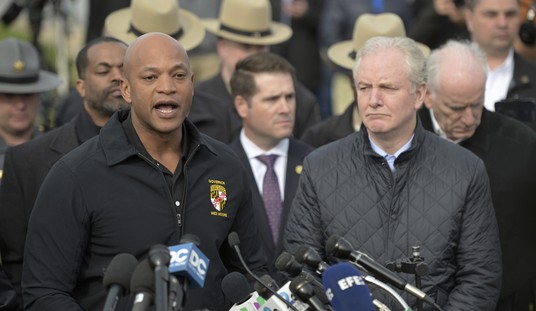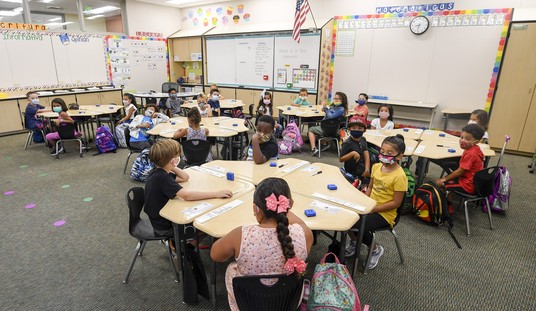The Bureau of Labor Statistics delivered yet another disappointing jobs report. In September, the economy only added 114,000 jobs, and while the jobless rate dropped to 7.8%, that mainly came from a mid-year adjustment last month on the number of current jobs:
The unemployment rate decreased to 7.8 percent in September, and total nonfarm payroll employment rose by 114,000, the U.S. Bureau of Labor Statistics reported today. Employment increased in health care and in transportation and warehousing but changed little in most other major industries.
The unemployment rate declined by 0.3 percentage point to 7.8 percent in September. For the first 8 months of the year, the rate held within a narrow range of 8.1 and 8.3 percent. The number of unemployed persons, at 12.1 million, decreased by 456,000 in September.
Looking at the internals, there were few true bright spots, but at least it wasn’t as bleak as the last couple of months. The U-6 number, which captures unemployment and underemployment as well as the marginally attached, stayed the same as in August at 14.7%. The civilian population participation rate rose a tenth of a point to 63.6%, exactly where it was in the 1982 midterm election, and only missing the 31-year low set last month.
The number of unemployed dropped 456,000 last month, while only 114,000 jobs got added. That either means that 342,000 people left the US, or they left the work force in one way or another. In the household survey, though, the number of people with jobs rose by 873,000 — a very strange outcome that makes it appear that more than one tweak has been done to previous data. (The +873K is in the seasonally adjusted number, by the way.)
CNBC calls the numbers “tame,” but also notes the “contradictory” numbers:
Job growth remained tame in September, with the economy creating just 114,000 net new positions though the unemployment rate fell to 7.8 percent.
The report presented a slew of contradictory data points, with the total employment level soaring despite the low net number.
The falling jobless rate had been a function as much of the continued shrinking in the labor force as it was an increase in new positions.
But the government said the total number of jobs employed surged by 873,000, the highest one-month jump in 29 years. The total of unemployed people tumbled by 456,000.
Something’s odd with this report. Either the household survey (one of the two surveys the BLS uses to compile this report) is way off, or the BLS is underreporting job growth in the overall numbers.
Update: Bloomberg’s Alex Kowalski has an explanation that covers most of the confusion:
The household survey showed an 873,000 increase in employment, the biggest since June 1983, excluding the annual Census population adjustments. Some 582,000 Americans took part- time positions because of slack business conditions or those jobs were the only work they could find.
Jeryl Bier points out another part of the explanation:
@EdMorrissey "Total multiple jobholders" increased 183,000 in one month. (Table A-16, Aug. vs. Sept.)
— Jeryl Bier (@JerylBier) October 5, 2012
So we have people being forced back into the workforce to take part-time jobs, but not good enough jobs to count towards the non-farm payroll growth? The numbers still don’t quite add up to me, but that household data isn’t nearly as good as it looks.
Update II: That’s confirmed by Chris Cuomo:
@rickklein that is a bogus #… help spin cycle, but that's all. U-6 is real read. North of 10%, adjusted for participation rate in '08.
— Christopher C. Cuomo (@ChrisCuomo) October 5, 2012
U-6 is still at 14.7%, and it hasn’t been below 14% in years.
Update III: To emphasize Chris’ point, here’s the U-6 number since January 2006:
It’s not coming down much at all.









Join the conversation as a VIP Member